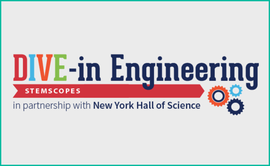
However, for many K-12 students (and teachers), this type of unstructured activity may lead to frustration and difficulty. Not that those are bad things (and neither is the failure and troubleshooting that is inherent within Makerspaces), but they can be detrimental if they lead to students no longer wanting to learn or participate. Therefore, the idea with DIVE-in is to provide more structure and scaffolding so that by the completion of the activities within the curriculum, students will have practice using their creativity and also the foundational.knowledge they need about things like circuitry, gears, hydraulics, etc. to be let loose in a Makerspace.
To accomplish this, the DIVE-in lessons are structured around the “DIVE” method, which encourages students to think like engineers, and is a somewhat similar approach to design-based thinking. The DIVE method is built around four steps, each of which the students work through during the course of a lesson/activity:
Deconstruct: Working the way engineers do, students begin by taking apart a working prototype. By recording measurements, making diagrams, and taking notes, the students prepare for the next step.
Imitate: Now students are ready to reverse engineer the prototype, making their own version based on what they learned during the deconstruct phase.
Vary: In the next step, students analyze what they have created and brainstorm ways to make it different. Can they make it bigger? Smaller? Can they replace or remove parts?
Explore: The knowledge and skills gained by the students in the previous steps have prepared them for the final exploration, in which they solve the original problem in a new way, or apply their solution to a totally new problem.
In each grade band (3-5 and 6-8), students explore nine different engineering solutions, across three different units: On the Move, Around the House, and Eyes, Ears & Hands.
Here’s an example of the introductory video teachers could use for the Eyes, Ears & Hands unit to give you an idea of what these lessons are all about:
When delivering lessons, teachers are provided with everything they need to structure and scaffold the lesson. They receive online lesson plans, step-by-step guides, discussion prompts and ideas, kits including enough supplies to build 13 prototypes, 1 for the teacher and enough for 12 groups of 2 to complete the activity, and work journals for their students to keep track of their progress and reflections.
That being said, while the teachers are provided with everything they need, the idea is that the students would work through the lesson in more of a traditional engineering-fashion, following the DIVE methodology.
In other words, students aren’t given the step-by-step directions to build a robotic claw, or a stomp rocket.
Instead, they begin by deconstructing a prototype in an attempt to see all the components, and how they’re put together. During this step they create sketches, compile a list of parts, and so on. The goal being that during the Imitate phase, they’re able to essentially reverse engineer the creation. The gold standard here would be having students completely reconstruct the prototype without having to look at an example of one, and only relying on their own notes and sketches.
Once the students have reconstructed the prototype, the next two steps are where student creativity really comes into play.
During the Vary phase, students are asked to change elements of the prototype, like using different materials, reversing components, changing the size of components, and so on. This is an incredibly beneficial brainstorming step that lets students explore different possibilities outside what was already constructed, but in a way that is still scaffolded around the prototype.
Finally, students are asked to Explore. During this phase, students solve the problem that was being solved by the prototype in a new or different way, or they use the device to solve a different problem than it was intended for.
Overall, I absolutely love the methodology behind DIVE-in. I think it does a wonderful job of scaffolding students through the engineering process and helping lead them to a point where they can begin using their creativity and ingenuity to create new solutions to problems, or use existing solutions to solve problems in new types of ways.
In terms of pricing and content, the DIVE-in curriculum includes everything teachers need to launch the curriculum in their own classroom. Each bundle includes the 9 lessons for the grade bands, as well as student journals, teacher access to the online support resources, 12 kits for student groups, and 1 kit for the teacher to build the prototype. You can also purchase a “teacher toolkit” which includes things like extra cardboard, glue guns, etc. if you are in need of those types of extra supplies.
In the end, I’m a huge fan of what DIVE-in is offering. By providing teachers with all the scaffolding and support they might need, DIVE-in is incredibly approachable, even for teachers who have never tried problem or project-based learning in their classroom.
Plus, DIVE-In does an excellent job of providing enough scaffolding for students, without giving them linear, step-by-step directions that they have to follow precisely. I strongly believe that after working through this curriculum, students will have a strong, foundational engineering understanding that would allow them to be more successful in a Makerspace environment.
Additionally, the skills and lessons learned throughout the DIVE-in curriculum are just beneficial, 21st century skills that our students need to develop anyway. Plus, all the lessons are aligned with the NGSS Engineering, Technology and the Application of Science (ETS) standards, to help teachers make curricular connections as well.
Overall, the STEMscopes DIVE-in curriculum is an excellent opportunity for teachers to bring real-world problem-solving activities into their classroom in an engaging and hands-on way. If you’re a 3-5 or 6-8 grade teacher looking to implement this type of learning in your classroom, I absolutely recommend checking out DIVE-in.
I was not compensated for writing this review.

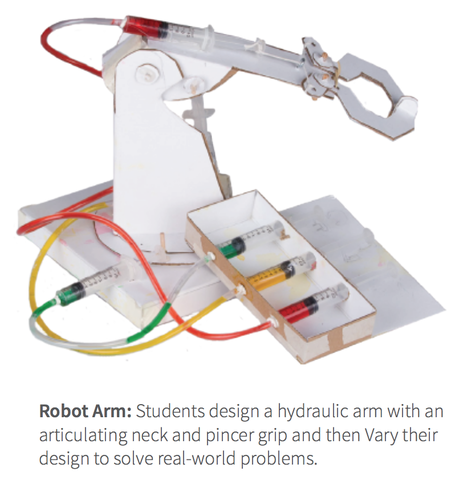

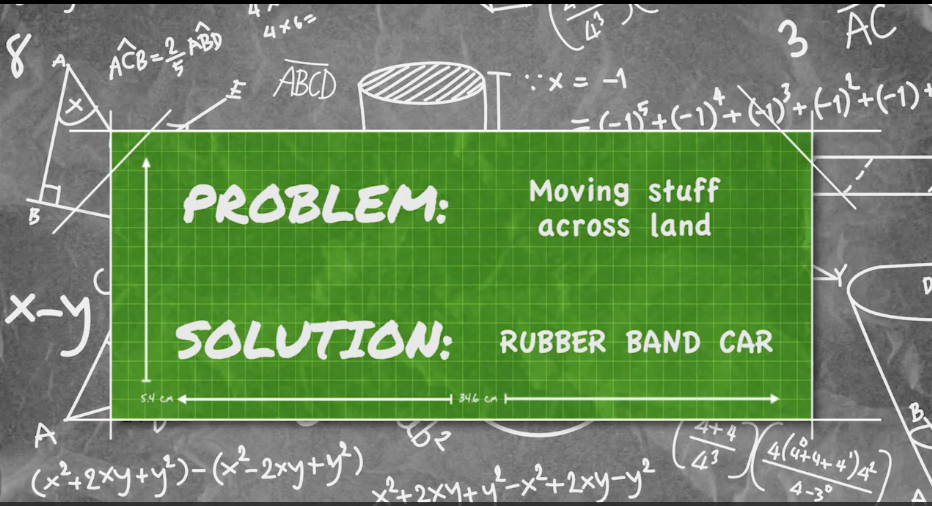

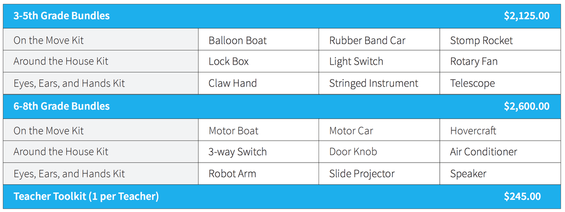


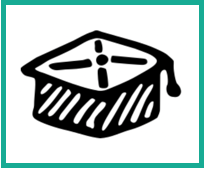
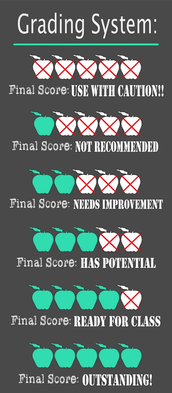










 RSS Feed
RSS Feed
